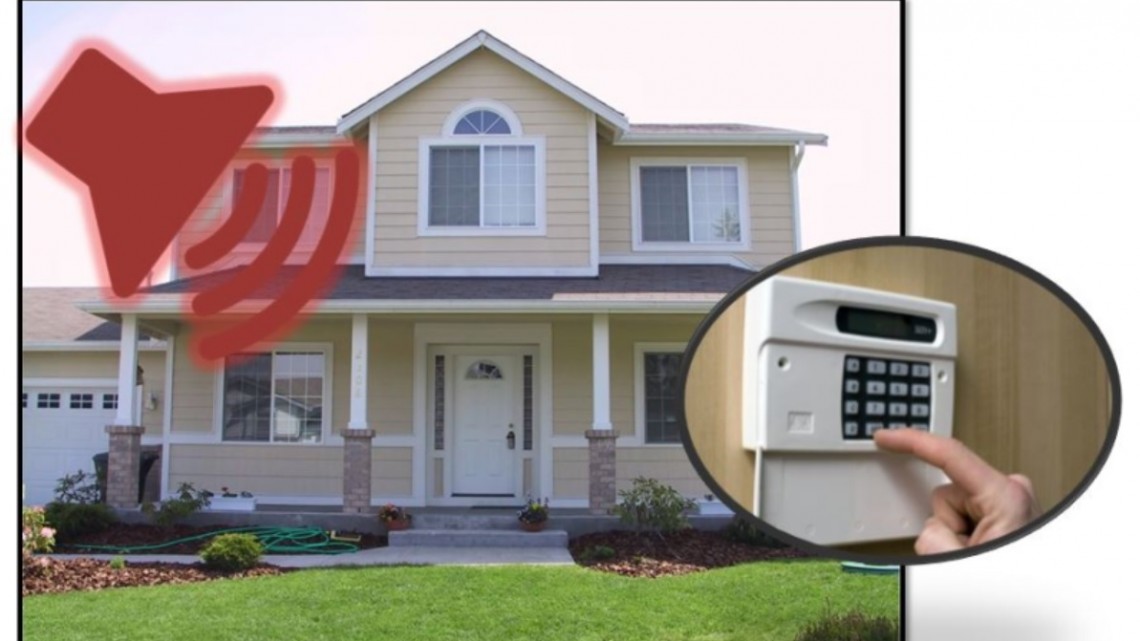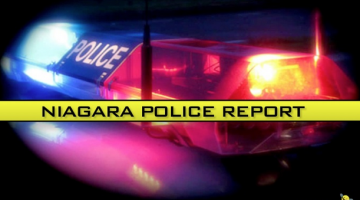Alarm response protocol in the niagara region will be changing, say police starting July 2018.
Research indicates that approximately 6,500 residential and business intrusion alarms are received and responded to each year by police and 99 per cent of them are false alarms. As a result, in order to continue providing the highest level of quality policing possible in an efficient and effective manner, police are transitioning their fee-based False Alarm Reduction Program to a no-fee Verified Alarm Response Program for residential and business intrusion alarms. This is in keeping with evolving practice of police services across Ontario.
The revised program means that residents and businesses will no longer be accessed a fee for police response to a false alarm. Alarm companies are still requested to register their customer information with the Niagara Regional Police and you are encouraged to ensure your alarm company does so.
More details can be found at:
https://www.niagarapolice.ca/en/community/alarmprogram.asp
Information Sessions
Police will be hosting a public information session on the new Verified Alarm Response Program at 7pm on Tuesday, May 29, 2018 at Niagara Regional Police Headquarters 5700 Valley Way, Niagara Falls. The public is invited to attend this session to learn more about the new Verified Alarm Response Program.
They also will be hosting an industry information session for alarm companies and monitoring agencies at 2pm on Monday, May 14, 2018 at Niagara Regional Police Headquarters 5700 Valley Way, Niagara Falls. Alarm and monitoring companies are invited to attend this session.
The Niagara Regional Police Service will not accept any intrusion alarm from an alarm company or a monitoring agency that has not been verified. A verified intrusion alarm call called in by your alarm provider will be dispatched to the first available police unit. There are a number of ways that and intrusion alarm can be verified by your alarm company or a monitoring agency; any one of the following would justify a verified dispatch request:
-audio sensing/signals that confirm criminal activity by the sounds detected within the premise;
-video monitoring that confirms criminal activity through visual images;
-confirmation made by an owner, key holder, an alternate response agency, or a witness on scene who can confirm the existence of a suspected criminal act; or
multiple alarm activation points whose manner or sequence of activation indicates that suspected criminal activity is, or has taken place
The Niagara Regional Police will continue to respond to calls service. It will however be the responsibility of your monitoring company or monitoring agency to verify the alarm and determine if a police response is requested prior to contacting the Niagara Regional Police.
The Verified Alarm Response Program only applies to residential and commercial intrusion alarms being reported by your alarm company or monitoring agency. Hold-up (robbery), panic/duress, or registered Mobile Tracking Emergency Response System alarms called in by an alarm company or monitoring agency are not affected by this change, and will continue to receive priority police response. Similarly an audible only alarm (car or premise) called in by a passerby/neighbour will still be responded to. Audible alarms without some sort of suspicious circumstance will be responded to with a lower priority than an audible alarm accompanied by some suspicious circumstances.
The Niagara Regional Police is committed to providing the most efficient and effective policing services possible and we are seeking your alarm providers’ cooperation in enhancing our response to your needs.
An alarm system can be a valuable tool when used properly. When choosing a central an alarm provider, police suggest you contact an agency such as the Canadian Security Association at www.canasa.org for more information on how to choose an alarm service provider. It is your responsibility to ensure your alarm system is working in accordance with your agreement your alarm company.
Questions can be directed to Superintendent Richard Frayne at Richard.Frayne@NiagaraPolice.ca
How Can I Reduce False Alarms?
There are several successful false alarm reduction techniques that have been proven to reduce the likelihood of false alarms.
-Train all Users: Educate all alarm system users on the proper use of the alarm system.
-Fix Any Problems: Schedule a service call if the alarm is not working properly.
-Update Contact Info: Make sure the contact numbers on file with your alarm company are always up to date. Be proactive and add your alarm company’s phone number to your cell phone contact list.
-If You Give Them A Key – Give Them the Codes: To avoid false alarms, ensure that persons with access to your location (Scheduled workers, Maintenance, Cleaners/Cleaning Crews, House or Pet Sitters & Landscapers) have the proper temporary codes and passwords for your alarm system.
-Cross Zone: This is an alarm monitoring technique that requires more than one zone in your burglar alarm system to fault or trip before public safety is notified. For example, a perimeter and an interior motion alarm would both have to trip within a specified period of time in order to summon public safety. In this situation, if an interior motion trips but the perimeter does not, the alarm company will not request a public safety dispatch.
-Follow the ANSI/SIA Control Panel Standard (CP-01): CP-01 is a standard that addresses the settings on control panels to avoid the most common cause of false alarms; user error. Alarm users should ask their alarm companies to use panels that comply with CP-01.
-Take Care With Pets: Talk to your alarm company about installing pet friendly devices or changing your system design to accommodate pets.
-Check On Any Displays: Always ensure that hanging or moving decorations will not activate motion detectors, especially when heating systems come on.
-Take Care When Rearranging: Before rearranging your furniture or putting up the new spring curtains or drapes, first determine whether the design change would interfere with the operation of your motion detectors.
-Check Before Remodeling: Always contact your alarm company prior to starting any remodeling project. You need to work with your alarm company to make sure the remodeling process does not cause false alarms and that your system will continue to work properly after the work is completed.
-Check Your Batteries: Like all batteries, your backup has a useful life of about 3 to 5 years, but that life may be shortened if you have had several power outages. Your system battery should be checked annually, or after any storm related false alarm, by an alarm technician and replaced when needed.
-Use Video or Audio Verification: When utilized in an electronic security application, it allows the monitoring center to either “hear” or “see” into the protected premise to determine if an intruder is present.
The NRPS has over 32000 premises with alarms registered in the Niagara Region.
In 2016 intrusion alarms ranked fourth in quantity for NRPS calls for service.
Between 2012 and 2017 the NRPS responded to 97,066 alarms.
o 57 being robbery, panic, specialized alarms
o 24,714 of the alarms were cancelled prior to police arrival
o 72,352 were determined to be false after police attended and investigated.











